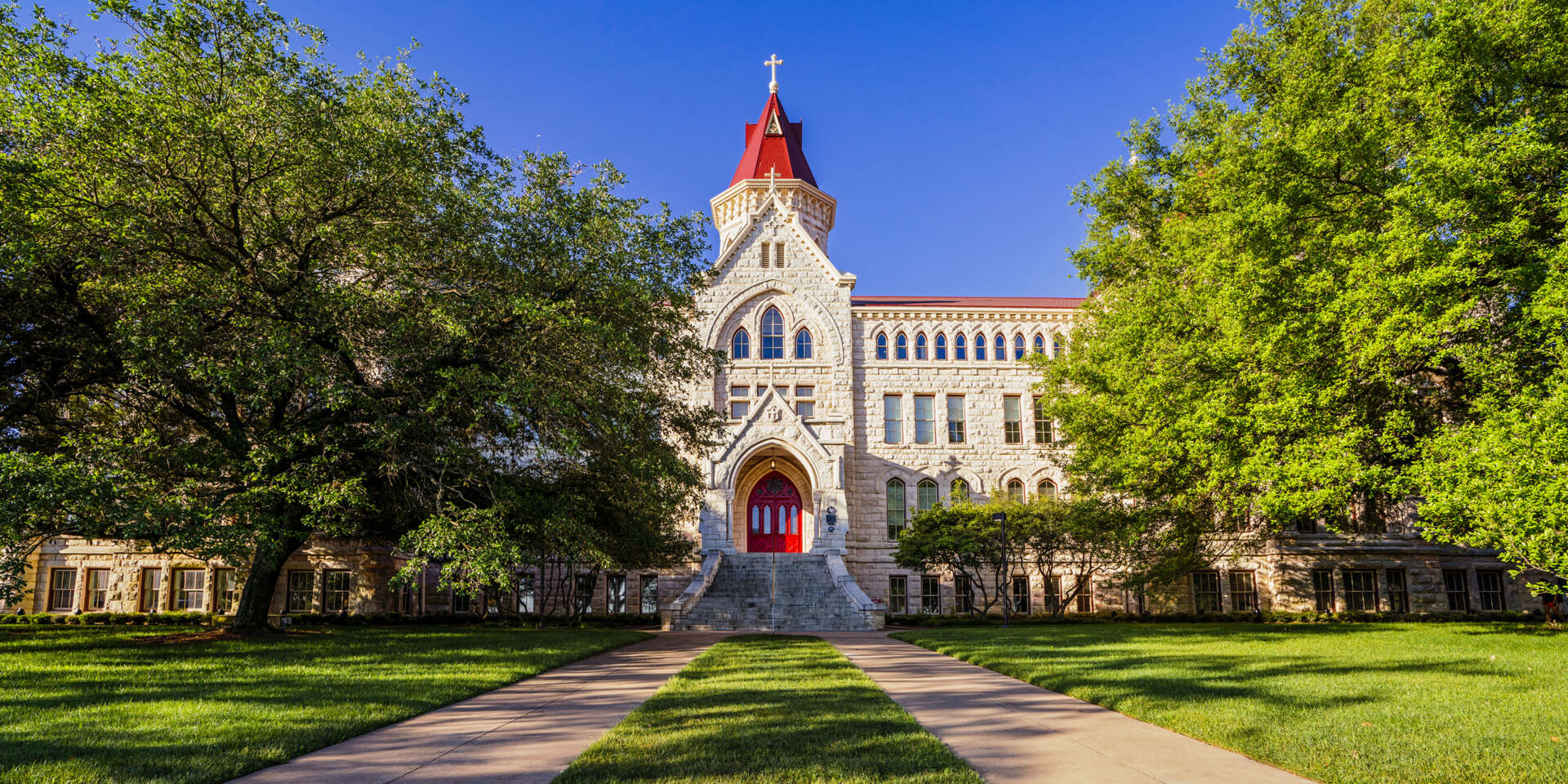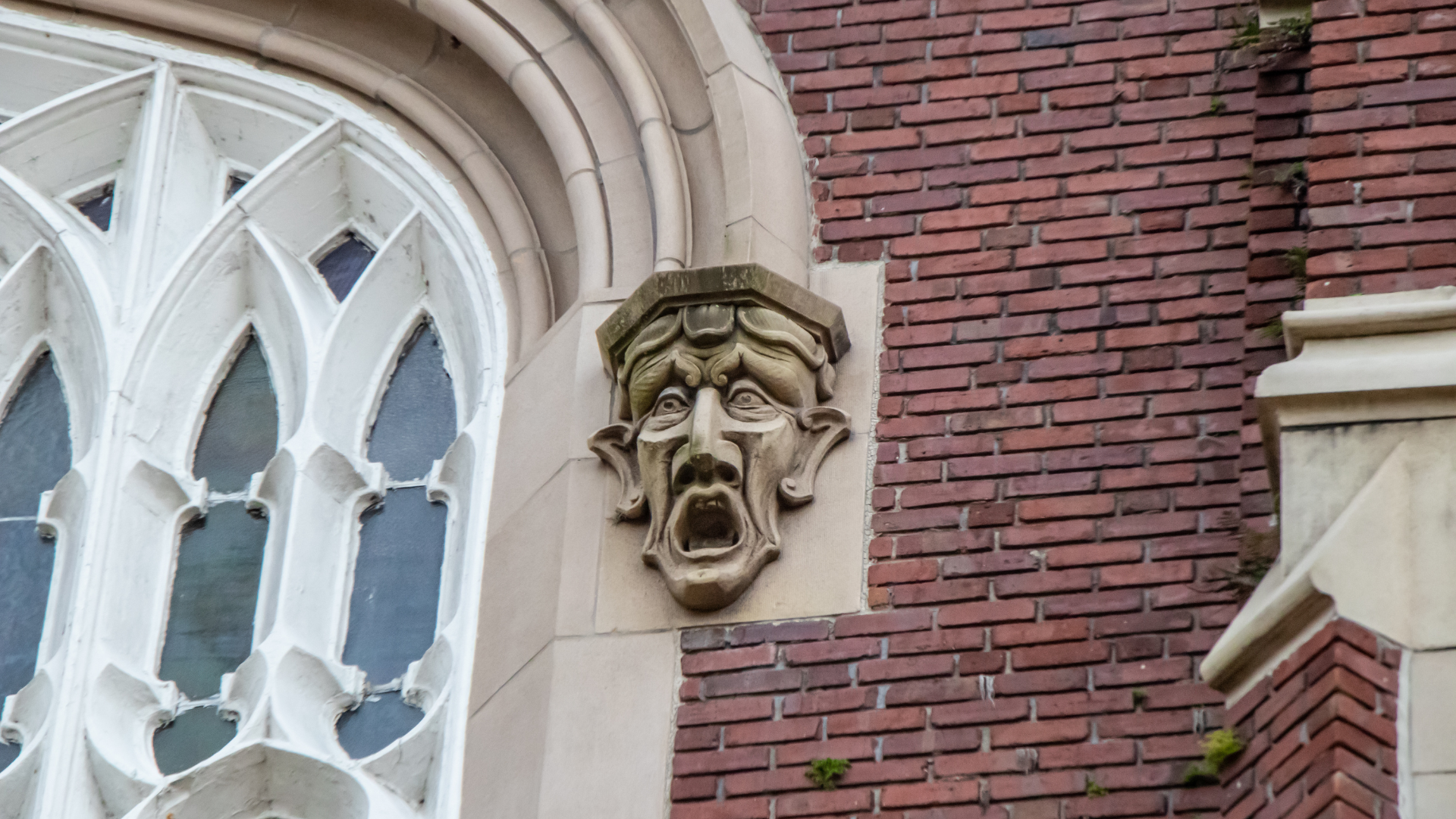
An up close view of a building at University of Florida
For high achieving Jewish students, choosing a college in 2025 is a deeply personal decision that balances academic excellence with a culturally and religiously supportive environment. Recent years have seen heightened concerns about antisemitism and anti-Israel sentiment on some campuses, making it essential to select institutions that prioritize Jewish student safety, offer robust Jewish community resources, and maintain a welcoming atmosphere.
This top ten list identifies colleges that excel in providing a secure, inclusive environment for Jewish students, with strong Jewish infrastructure—such as kosher dining, active Hillel or Chabad chapters, and proximity to synagogues—while delivering rigorous academic programs. These selections are based on campus climate data, Jewish community strength, administrative responses to antisemitism, and academic reputation, ensuring students can practice their faith confidently and thrive intellectually over the next four years.
1. University of Miami (Coral Gables, FL)
The University of Miami is a top choice for Jewish students, with approximately 15% of its student body identifying as Jewish. The university’s Hillel is highly active, offering kosher dining and regular religious programming. Nearby Miami communities provide access to Orthodox synagogues. UM’s academic programs in business, engineering, and pre-med are nationally ranked, ensuring a challenging education. Recent reports, such as Jewish Insider (2023), commend UM’s administration for its proactive stance against antisemitism, fostering a safe and supportive campus for Jewish students. The Chabad at University of Miami, led by Rabbi Shmuel and Mushkah Lipskier, is highly active, offering weekly Shabbat dinners, High Holiday services, daily minyanim, and cultural events like Purim parties and Hanukkah celebrations.
2. University of Florida (Gainesville, FL)
With a Jewish student population of about 20%, the University of Florida offers a vibrant Jewish community through its nationally recognized Hillel, which provides kosher dining and daily minyanim. Gainesville’s Jewish community includes Orthodox synagogues within reach. UF’s engineering, business, and science programs are academically rigorous, and its administration’s efforts to combat antisemitism, as noted in 2024 Hillel reports, ensure a welcoming environment for Jewish students. Chabad-Lubavitch of Gainesville, under Rabbi Berl and Chaya Goldman, serves UF with a dedicated student center near campus. It hosts weekly Shabbat meals, High Holiday services, Torah classes, and events like Sukkot barbecues and Passover seders, attracting a diversity of Jewish students. Kosher food is available through Chabad.
3. University of Texas at Austin (Austin, TX)
UT Austin’s approximately 15% Jewish students are supported by a robust Hillel and Chabad, offering kosher dining and Shabbat services. Orthodox synagogues, like Congregation Beth Israel, are around 15 minutes away. Ranked #32 nationally, UT Austin excels in engineering, business, and computer science, with Big 12 athletics and Austin’s cultural hub. The administration’s proactive anti-antisemitism measures, per 2024 Hillel reports, ensure a faith-friendly environment in Texas. The Rohr Chabad Jewish Student Center at UT Austin, led by Rabbi Zev and Ariela Johnson, is a vibrant hub at 2101 Nueces Street. It offers daily minyanim, Shabbat dinners, holiday services, and educational programs like Sinai Scholars Society. Kosher meals are provided, and the center is a “home away from home” for Jewish students.
4. Texas A&M University (College Station, TX)
Texas A&M has a smaller but thriving Jewish community, with Hillel offering kosher dining and religious services. A&M’s engineering, agriculture, and business programs are among the best in the nation, offering academic rigor. The university’s administration has been recognized for its commitment to campus safety, as per 2023 Texas Tribune reports, ensuring a supportive environment for Jewish students. The Rohr Chabad Jewish Center at Texas A&M, led by Rabbi Yossi and Manya Lazaroff, is a key resource, offering weekly Shabbat dinners, High Holiday services, Torah study, and events like Passover seders and Hanukkah menorah lightings. Kosher meals are arranged, and the center is near campus.
5. University of Utah (Salt Lake City, UT)
With roughly 5% Jewish students, the University of Utah’s active Hillel and Chabad offer Shabbat dinners and holiday events, with kosher meals arranged and vegetarian options available. Ranked #89 nationally, Utah excels in engineering, business, and health sciences, with Big 12 athletics (Utes) and Wasatch Mountain recreation. No antisemitic incidents were reported in 2024, per campus data, ensuring a safe environment in Utah’s capital city. The Chabad-Lubavitch of Utah is roughly fifteen minutes away from campus and currently the only Orthodox synagogue in Salt Lake City. Led Rabbi Moshe Nigri and Sarahle Nigri, Chabad of Utah is present on campus nearly every day of the week and offers a student-focused program including Shabbat dinners, holiday services (e.g., Rosh Hashanah, Yom Kippur), and Torah classes, with kosher meals provided for events.
6. University of Georgia (Athens, GA)
The University of Georgia, with about 10% Jewish students, features an active Hillel with kosher dining and religious events. Athens’ Jewish community includes Orthodox resources. UGA’s business, journalism, and science programs are highly regarded, and the administration’s proactive measures against antisemitism, as reported by AJC (2023), ensure a welcoming campus for Jewish students. Chabad of Athens-UGA, led by Rabbi Michoel Refson and Mrs. Chana Refson, is a vibrant student center offering weekly Shabbat dinners, High Holiday services, Torah study, and events like Purim parties and Passover seders. Kosher meals are provided, and the center is close to campus.
7. University of South Carolina (Columbia, SC)
The University of South Carolina has a Jewish student population of around 10%, supported by a robust Hillel offering kosher dining and religious services. Columbia’s Jewish community provides Orthodox synagogue access. USC’s business, engineering, and journalism programs are competitive, and its administration’s low incidence of antisemitic incidents, per 2024 campus data, makes it a secure choice. Chabad of South Carolina, led by Rabbi Sruly and Mrs. Shlomit Epstein, serves USC students with Shabbat dinners, holiday services, and cultural events like Hanukkah menorah lightings. Kosher meals are available through Chabad, though the center is less campus-specific, located about 20 minutes away.
8. The Ohio State University (Columbus, OH)
Ohio State’s 10% Jewish students (5,000) access a robust Hillel and Rohr Chabad Jewish Center (Rabbi Levi Andrusier), offering kosher dining, daily minyanim, and Shabbat events. Ahavas Sholom synagogue is ~10 minutes away. Ranked #49 nationally, OSU’s engineering, business, and health sciences programs, plus Big Ten athletics, ensure vibrancy. No antisemitic incidents in 2024, per Hillel reports, create a safe environment in Republican-controlled Ohio. The Schottenstein Chabad House at Ohio State University, led by Rabbi Levi and Aviva Andrusier, is a vibrant Jewish student center offering weekly Shabbat dinners, daily minyanim, and holiday events, fostering a welcoming community for Jewish students. Its new, state-of-the-art building, set to open in fall 2025, will double its space to accommodate over 3,000 Jewish students with expanded kosher kitchens, a synagogue, and educational facilities.
9. Indiana University Bloomington (Bloomington, IN)
Indiana University Bloomington hosts a Jewish student population of about 15%, with a nationally renowned Hillel providing kosher dining and daily minyanim. IU’s business, music, and science programs are academically strong, and its administration’s proactive measures against antisemitism, per 2024 Hillel reports, create a supportive campus. Chabad of Bloomington, led by Rabbi Levi and Tzippy Cunin, is a dedicated student center serving IU, offering daily minyanim, Shabbat dinners, High Holiday services, and educational programs like jLearn. Kosher meals are readily available, and the center is near campus.
10. Florida State University (Tallahassee, FL)
Florida State University has a Jewish student population of around 10%, with an active Hillel offering kosher dining and religious programming. Tallahassee’s Jewish community provides access to Orthodox synagogues. FSU’s programs in business, criminology, and sciences are rigorous, and its administration’s efforts to ensure campus safety, as noted in 2024 campus climate reports, make it a welcoming choice for Jewish students. Chabad-Lubavitch of the Panhandle, led by Rabbi Schneur Oirechman and Chanie Oirechman, serves FSU with a student center near campus, offering Shabbat dinners, High Holiday services, Torah classes, and events like Sukkot and Hanukkah celebrations. Kosher meals are provided.
—
Ultimately, prospective students should visit campuses, connect with Hillel or Chabad, and review recent campus climate reports to ensure the best fit for their religious and academic needs over the next four years.
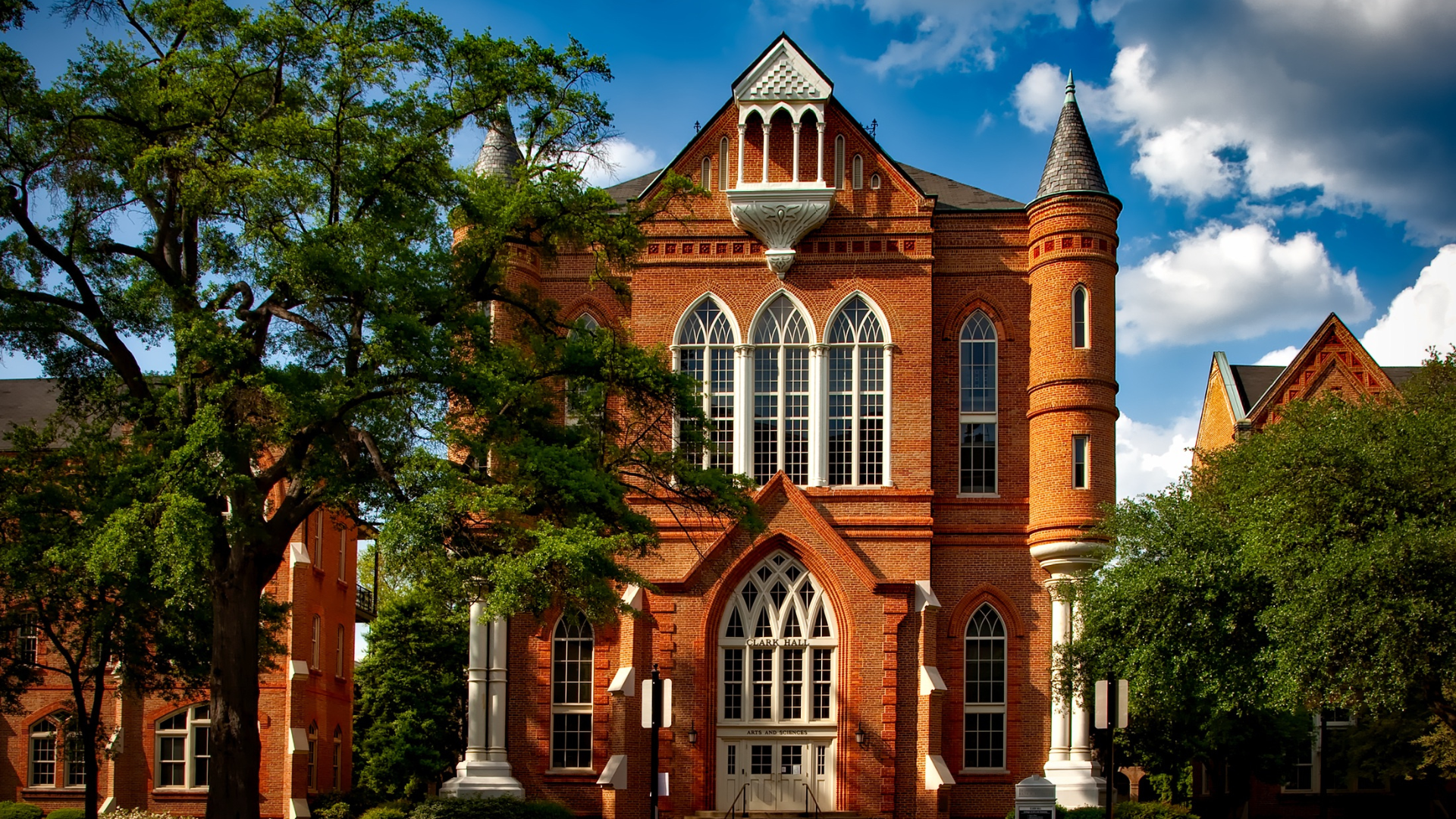
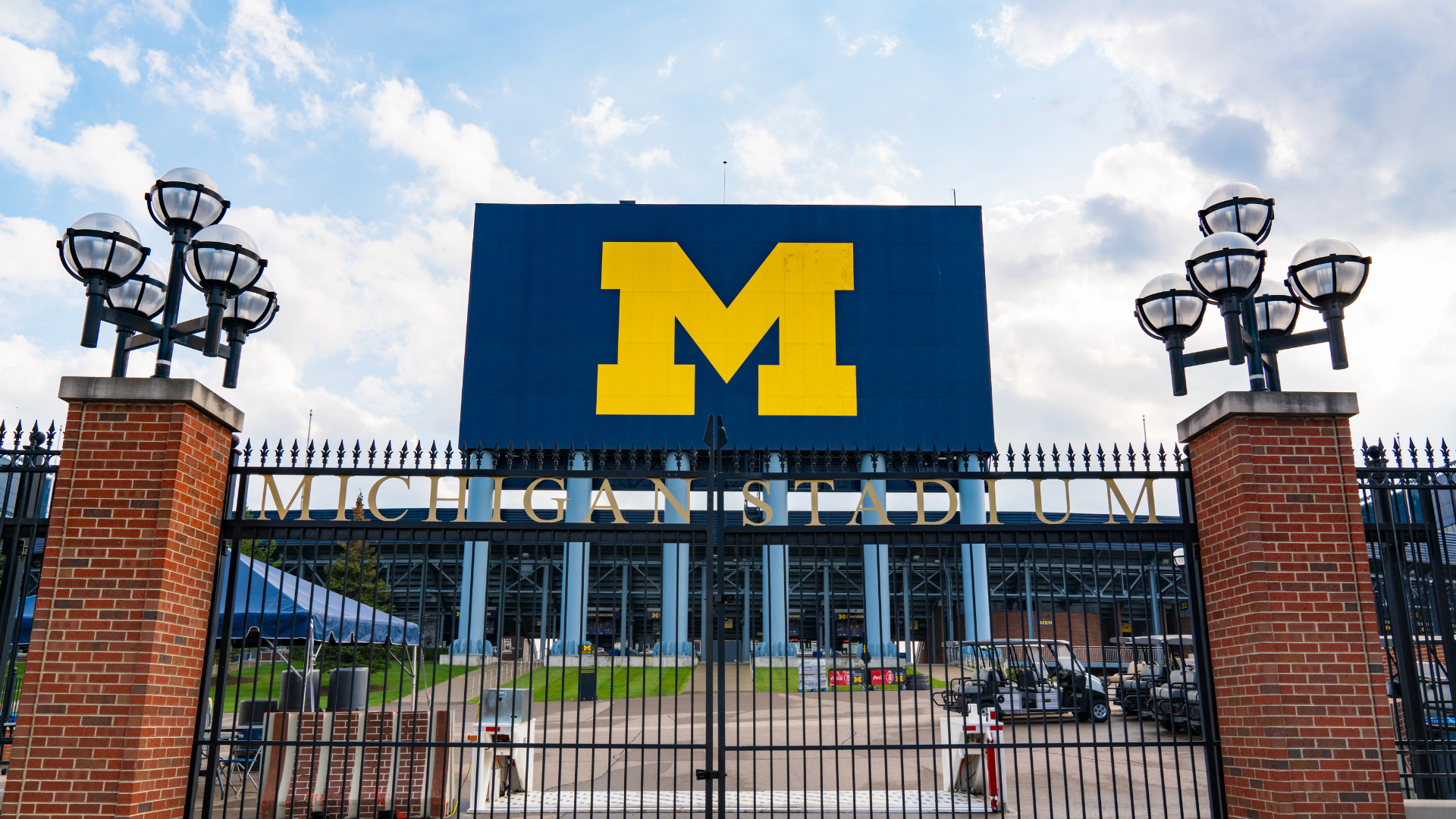
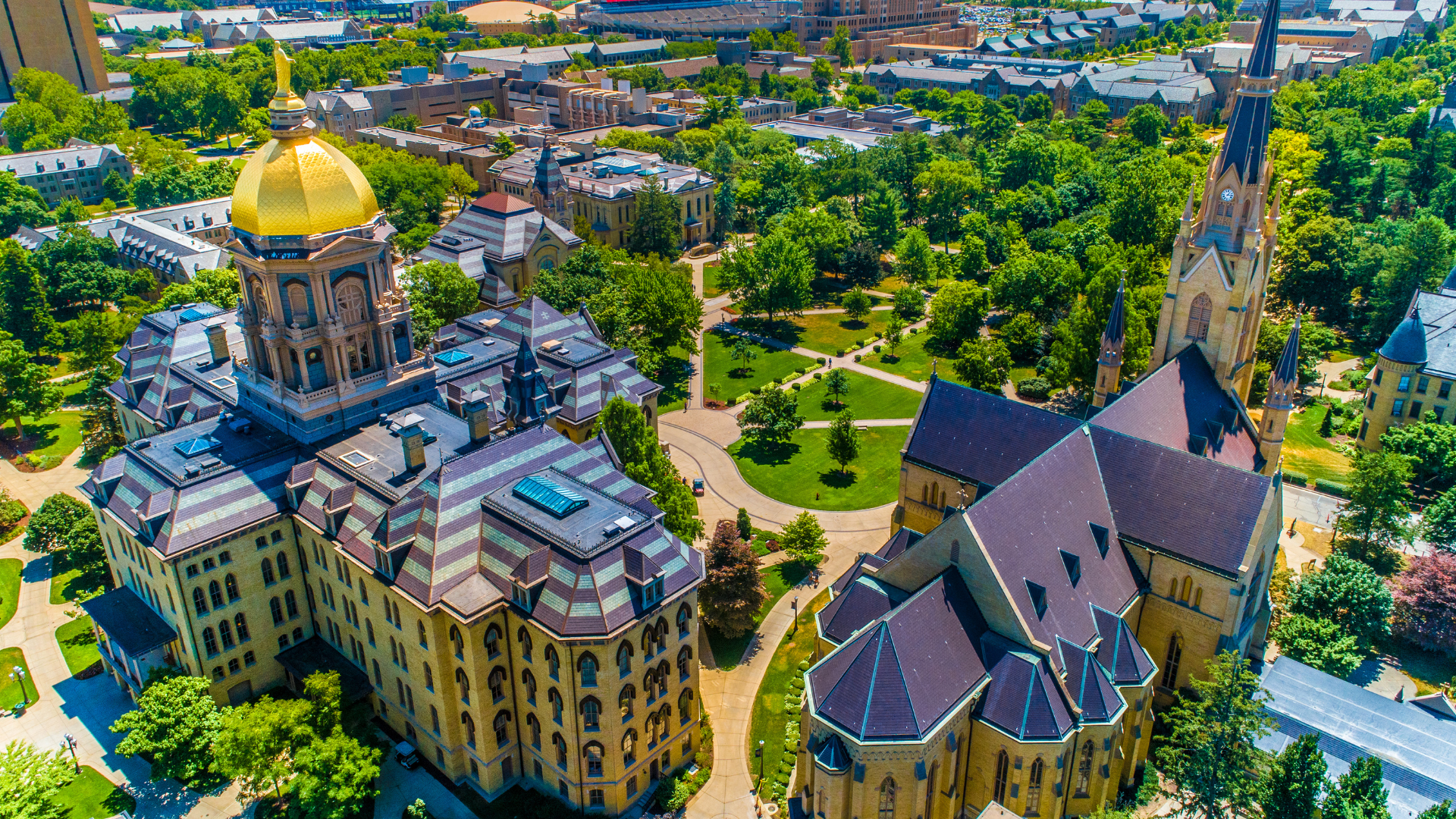
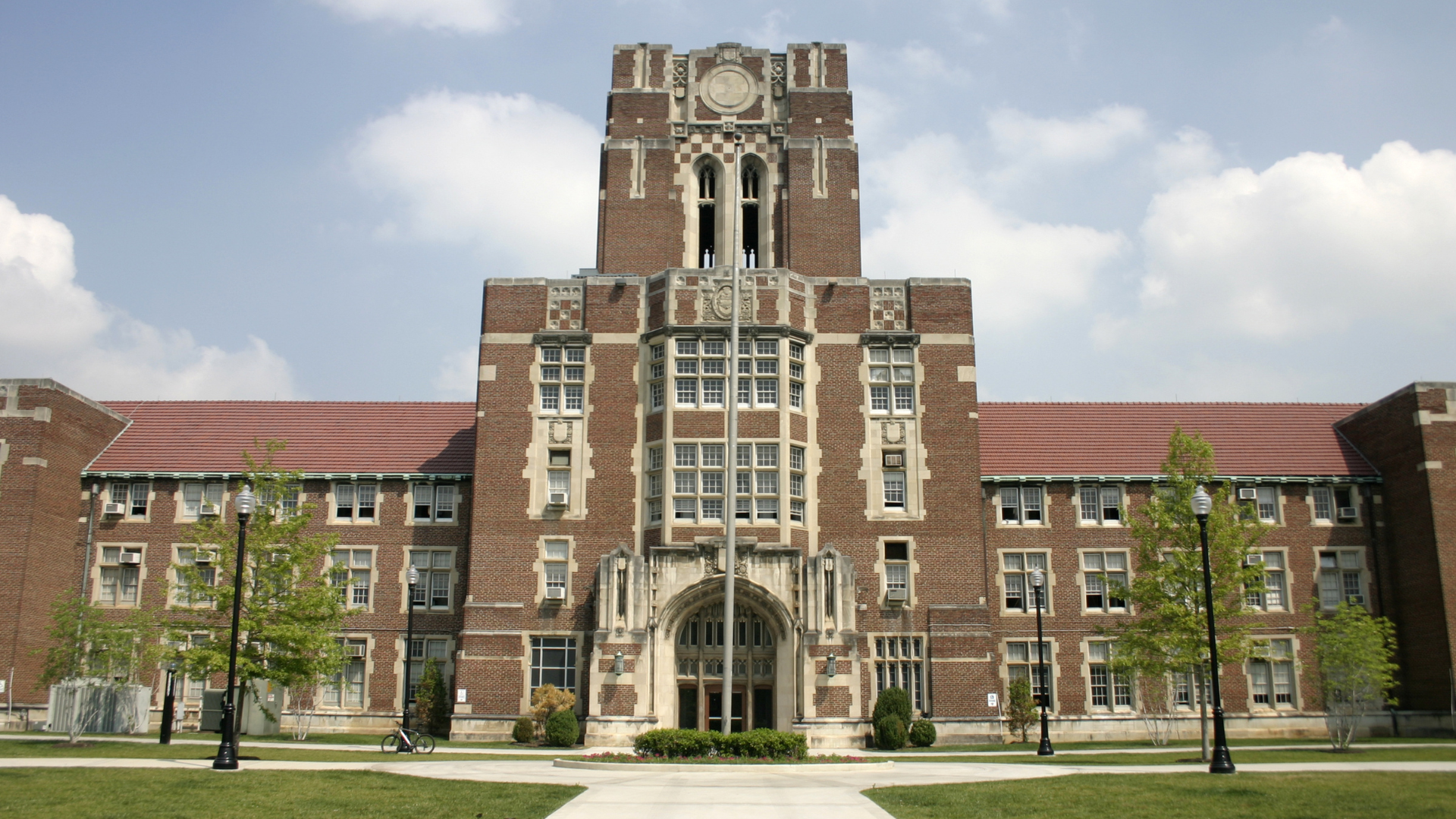
 When one works in college counseling for as long as I have, it’s hard not to pick up on patterns – most notably patterns in the colleges that are most attractive to the vast majority of students and parents.
When one works in college counseling for as long as I have, it’s hard not to pick up on patterns – most notably patterns in the colleges that are most attractive to the vast majority of students and parents.
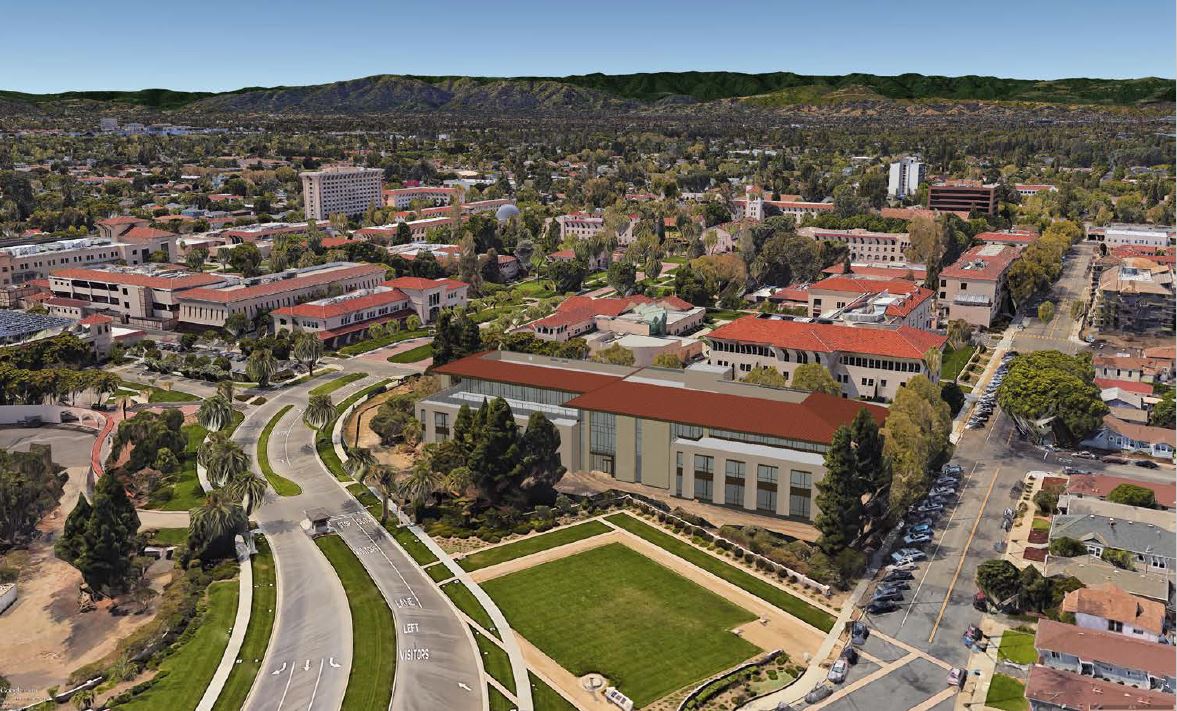
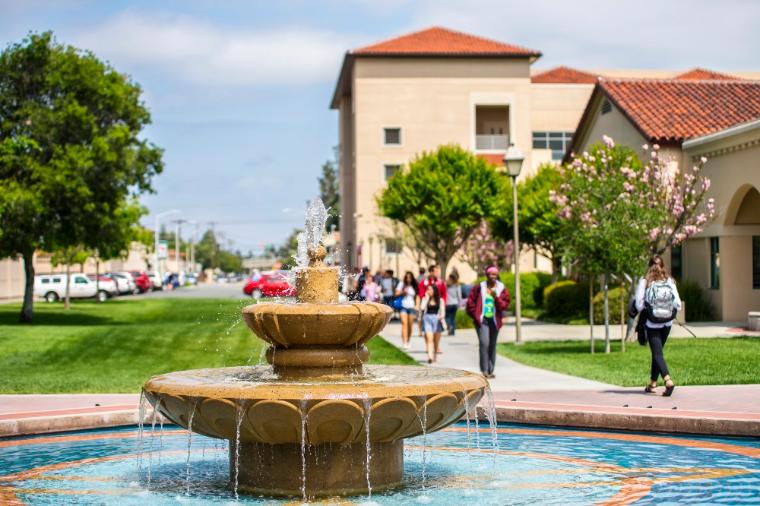
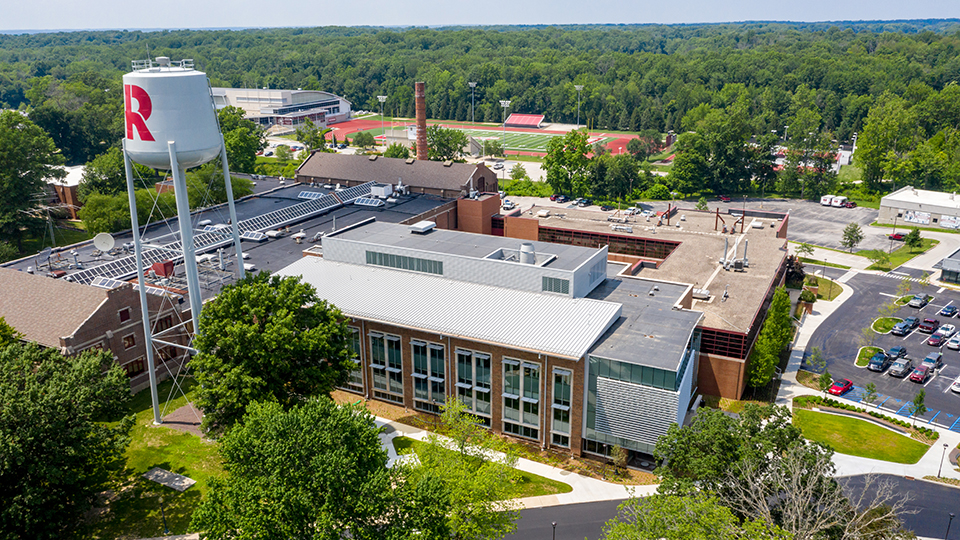
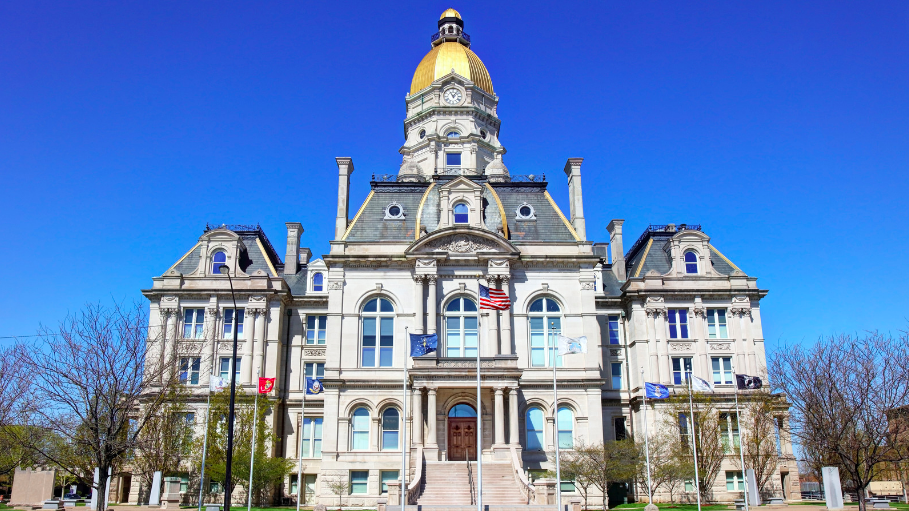
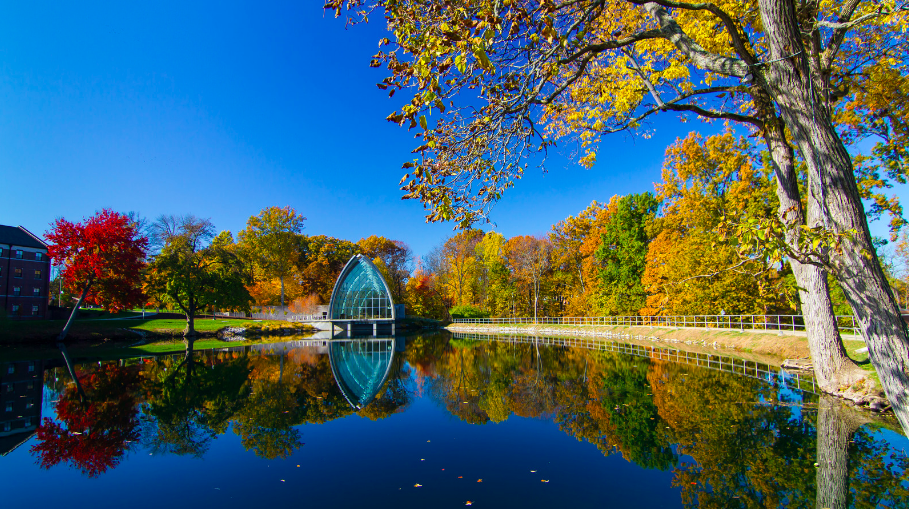
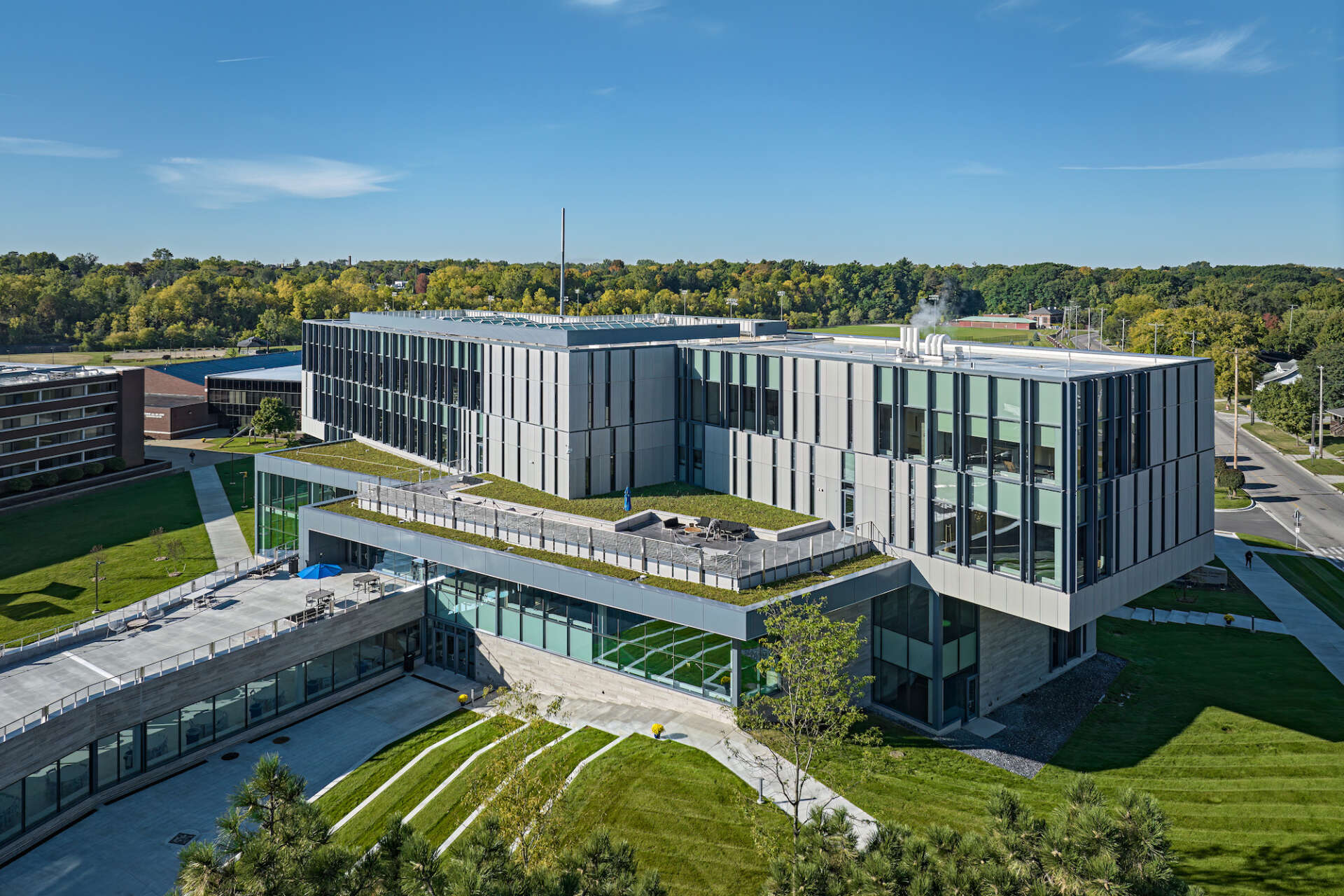
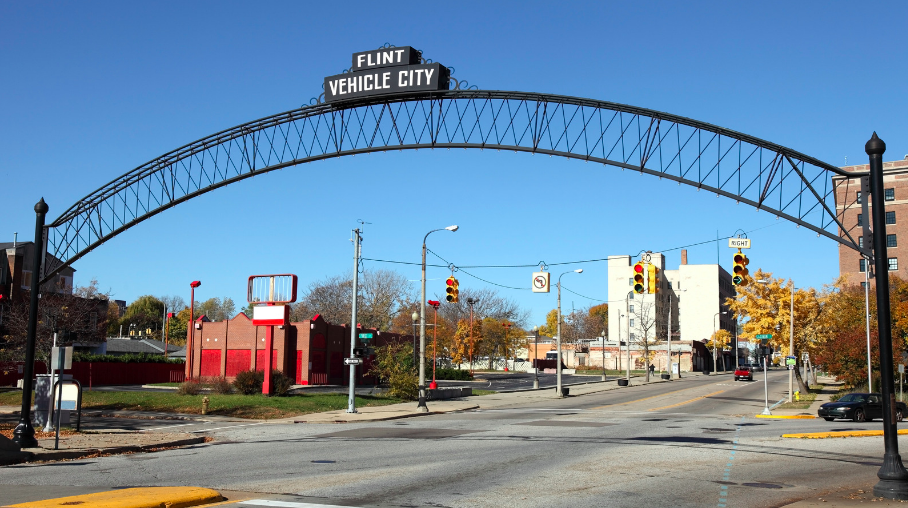 I’m consistently and particularly impressed by Kettering University’s:
I’m consistently and particularly impressed by Kettering University’s: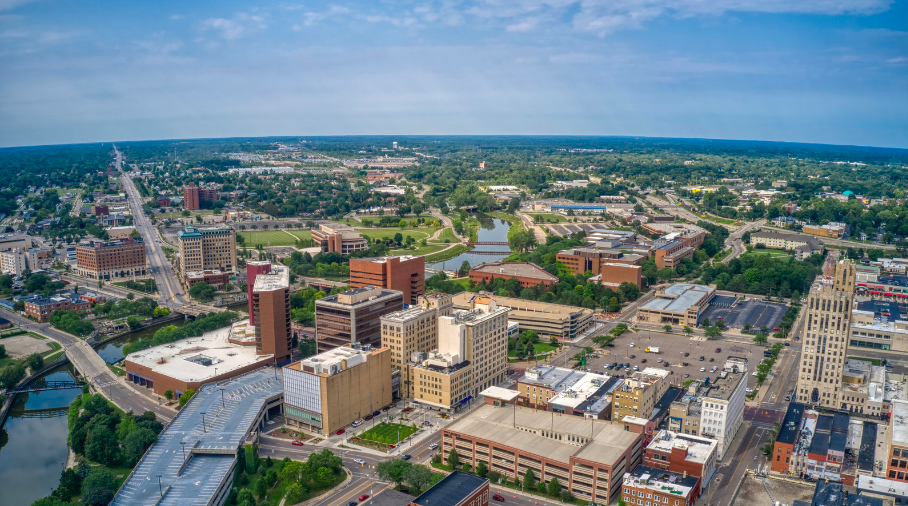

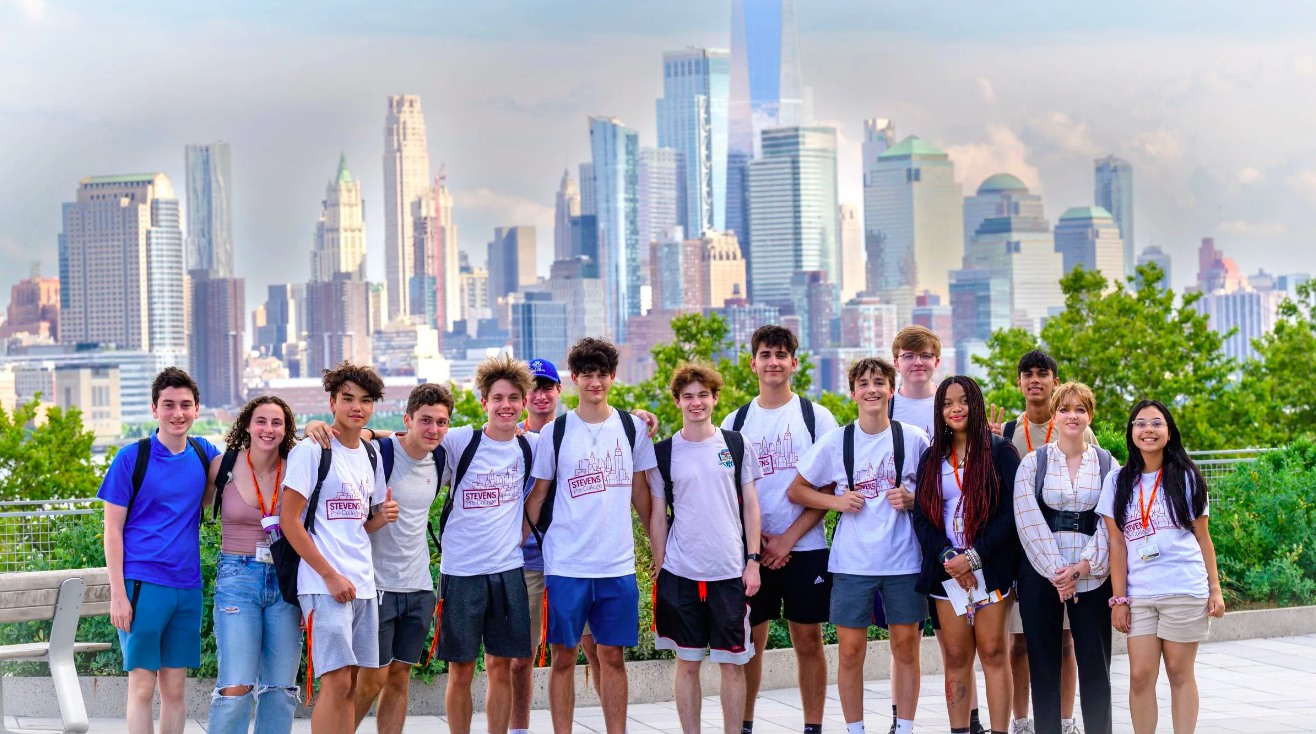
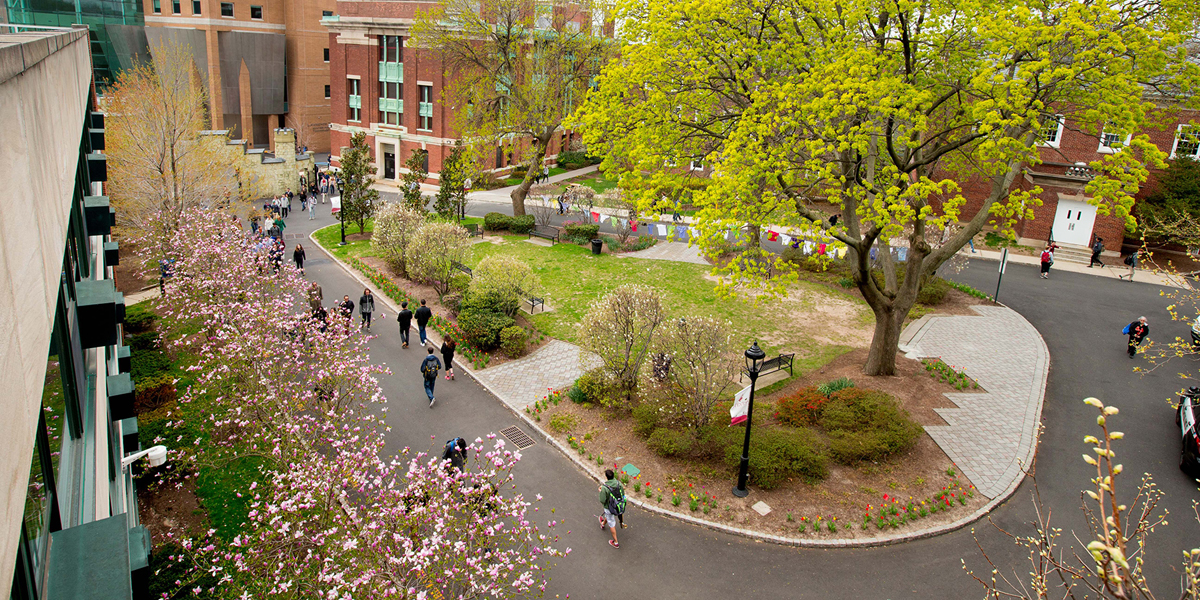
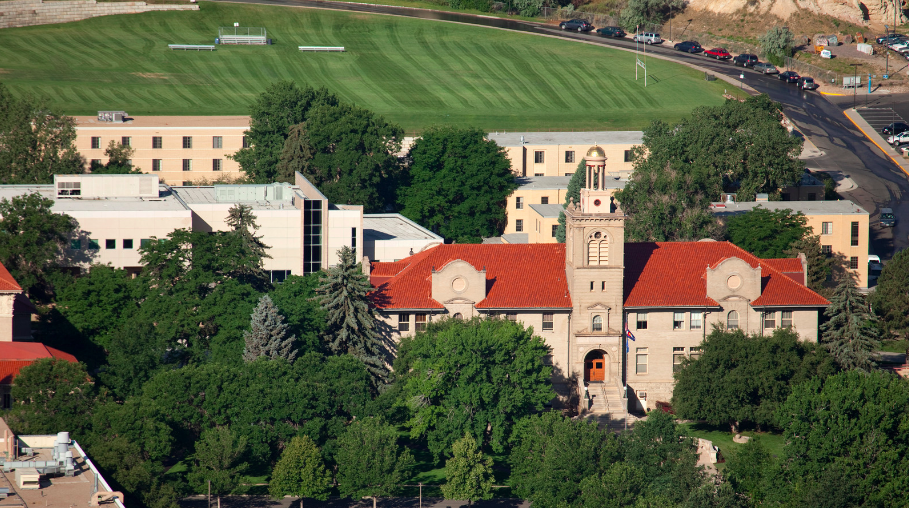
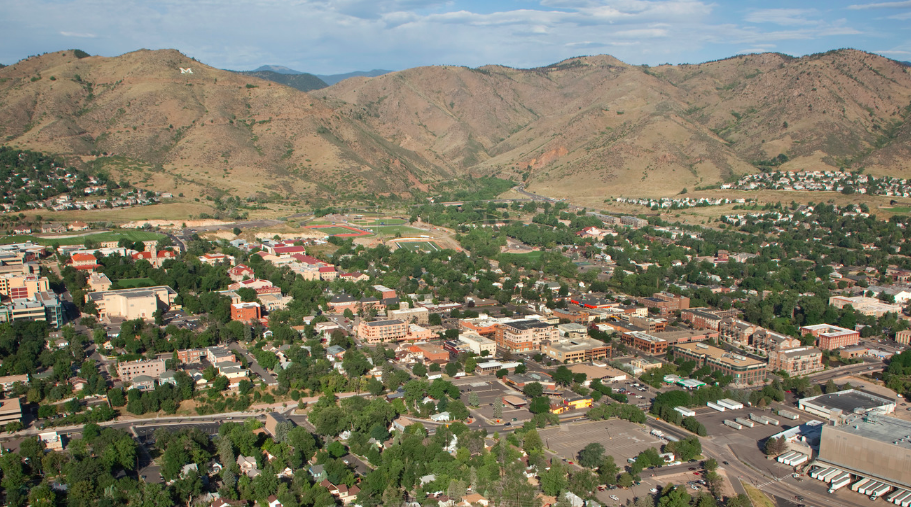
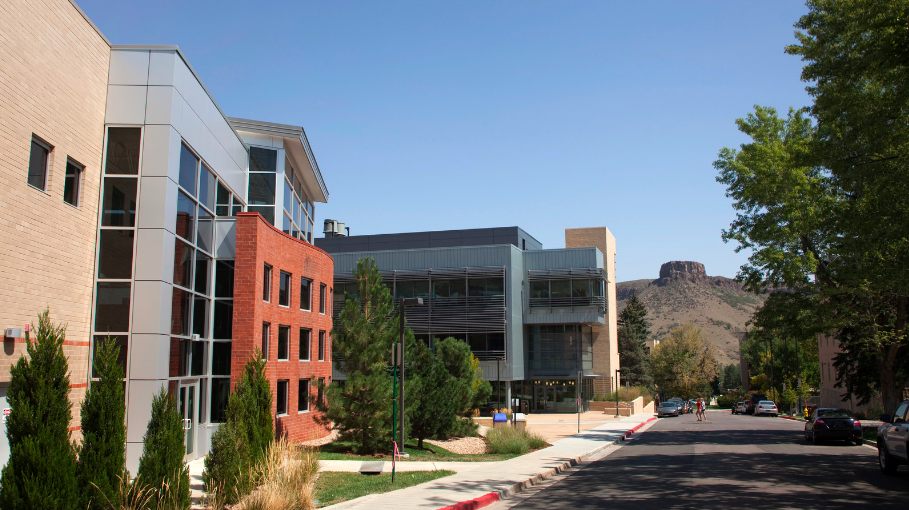
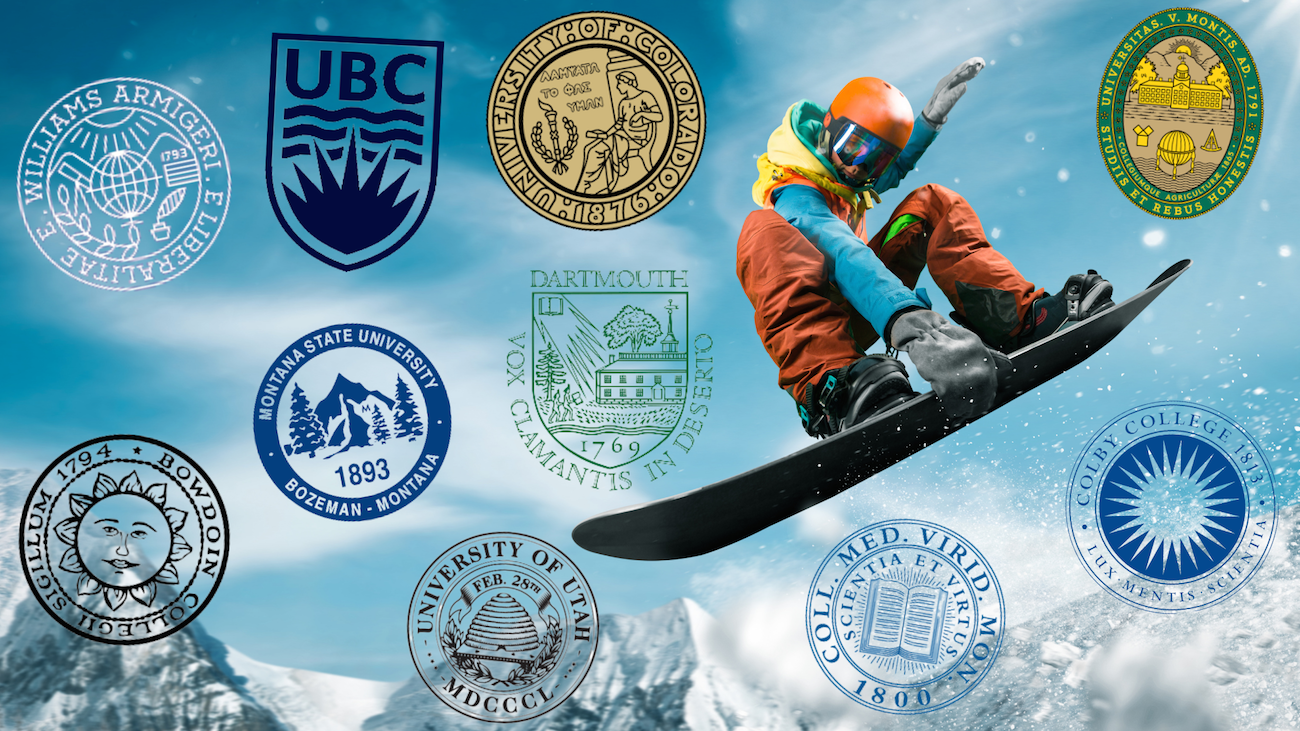 Do you like to study – and like to ski or snowboard? Are you just as into learning as you are into hitting the slopes? Then, you’ve come to the right place, as today I’m happy to present to you what I deem to be the ten best colleges and universities in North America for smart skiers and snowboarders.
Do you like to study – and like to ski or snowboard? Are you just as into learning as you are into hitting the slopes? Then, you’ve come to the right place, as today I’m happy to present to you what I deem to be the ten best colleges and universities in North America for smart skiers and snowboarders.
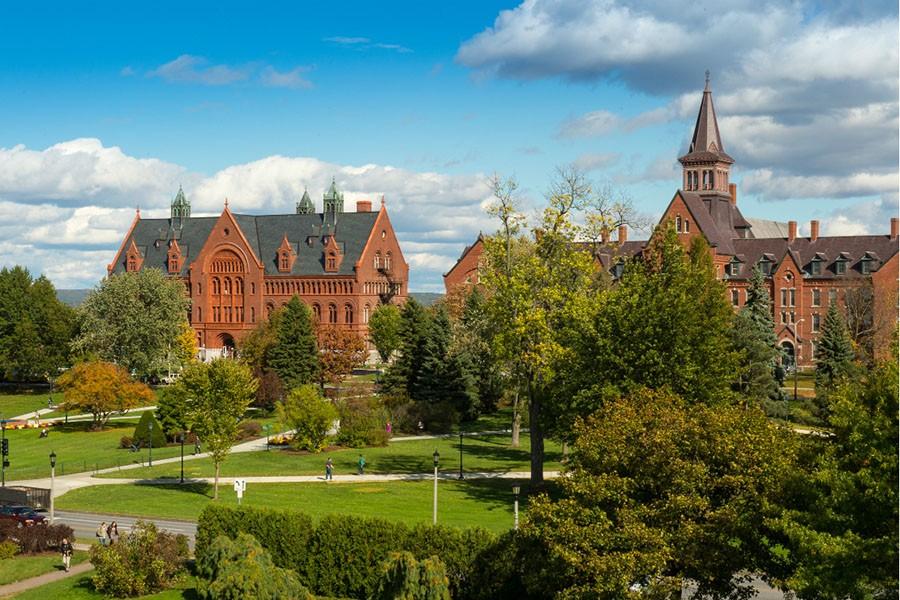
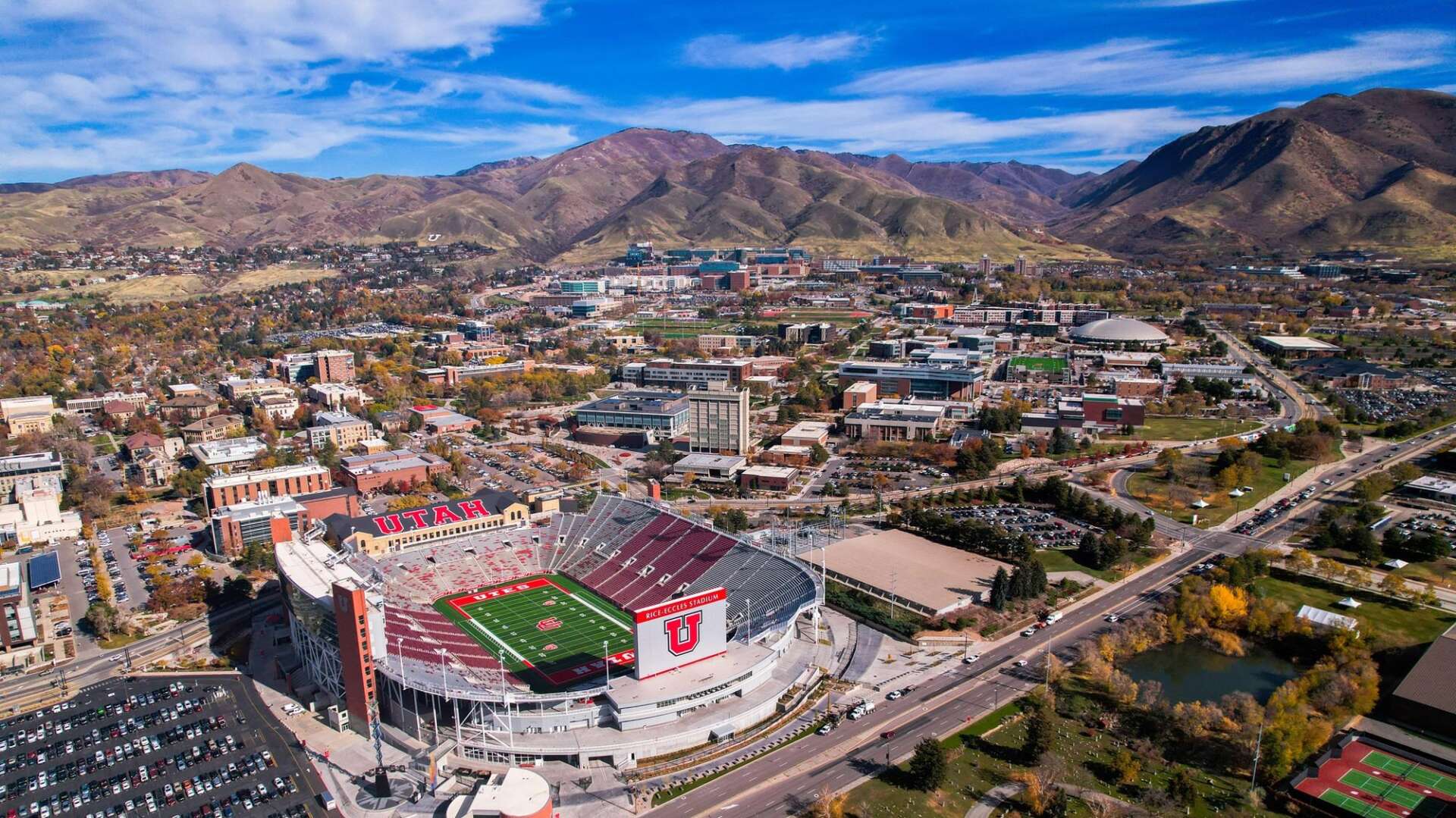
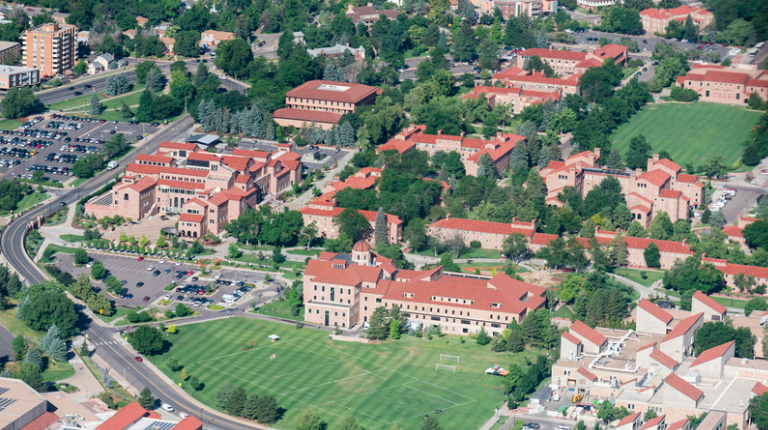
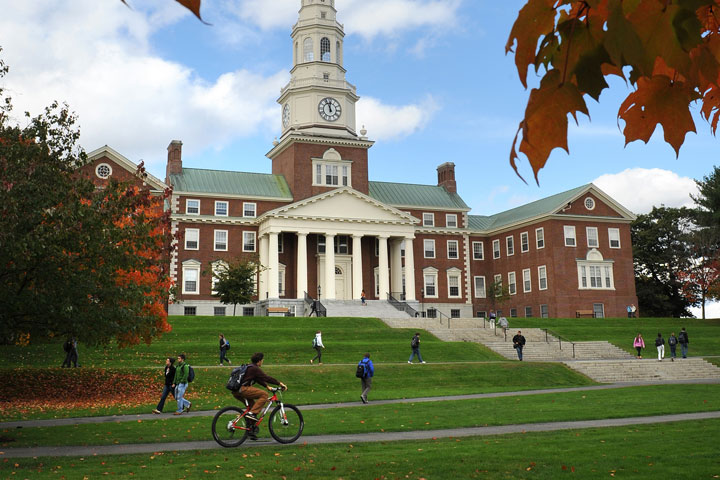

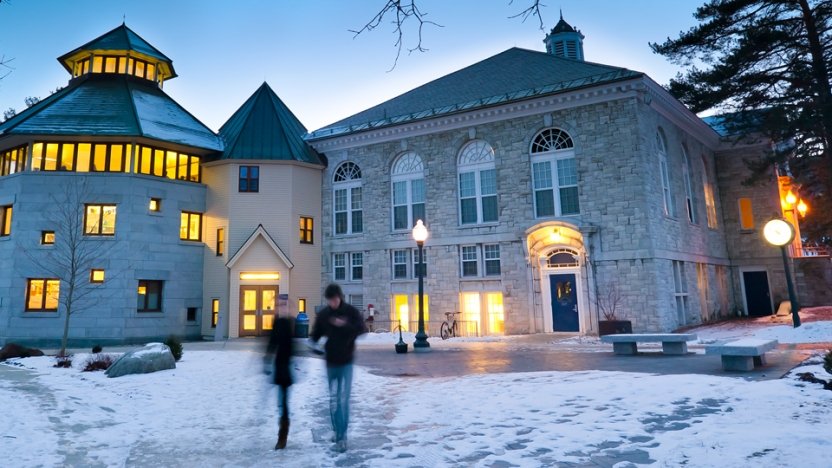
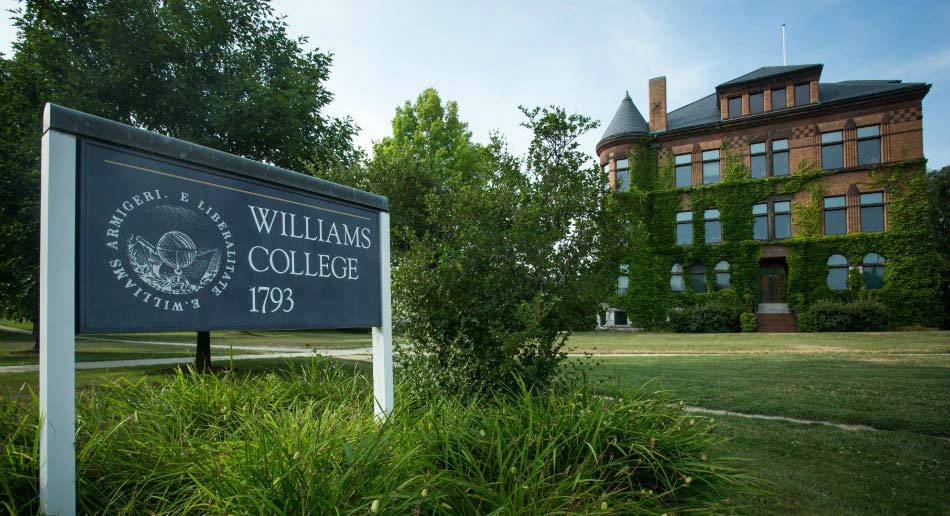 As for the college itself, it’s known for:
As for the college itself, it’s known for:
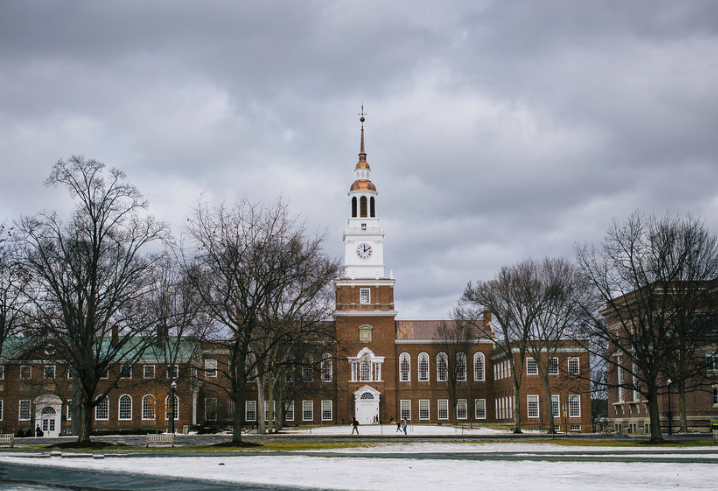
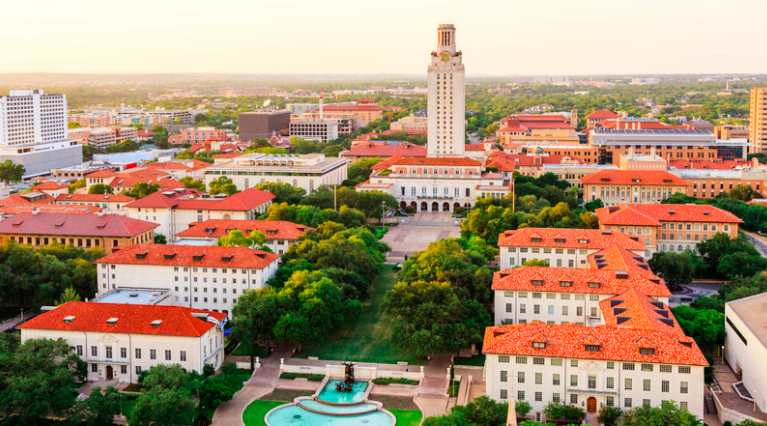
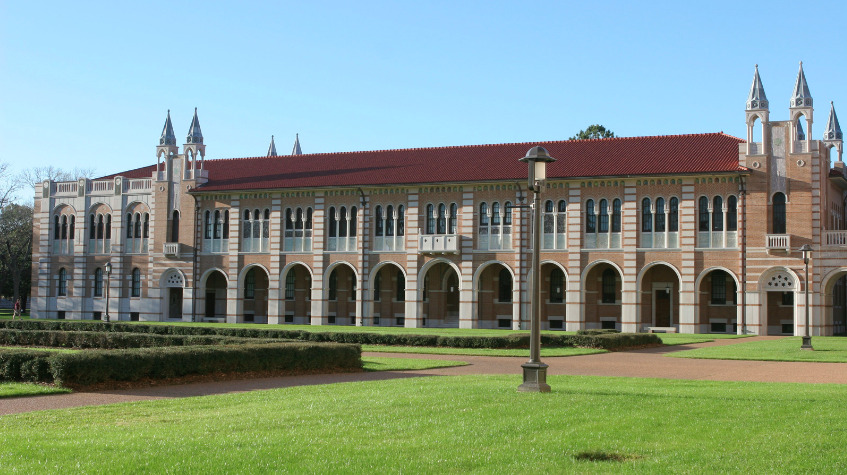
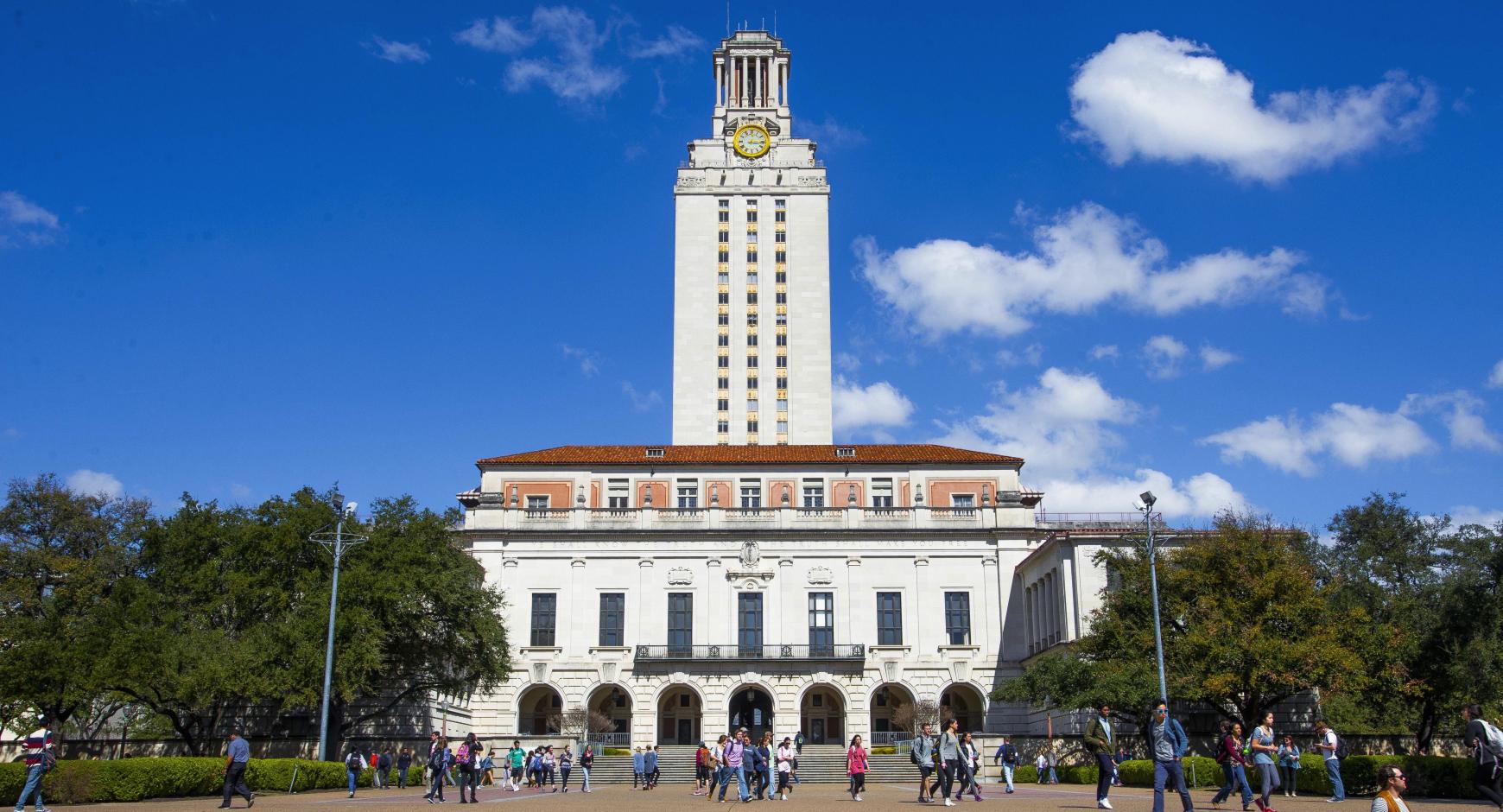
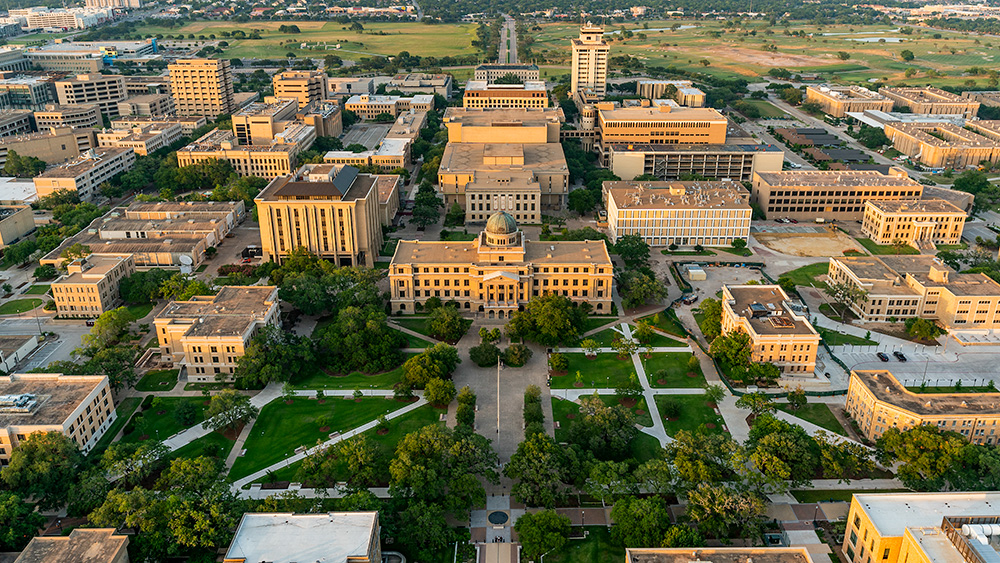 Texas A&M University
Texas A&M University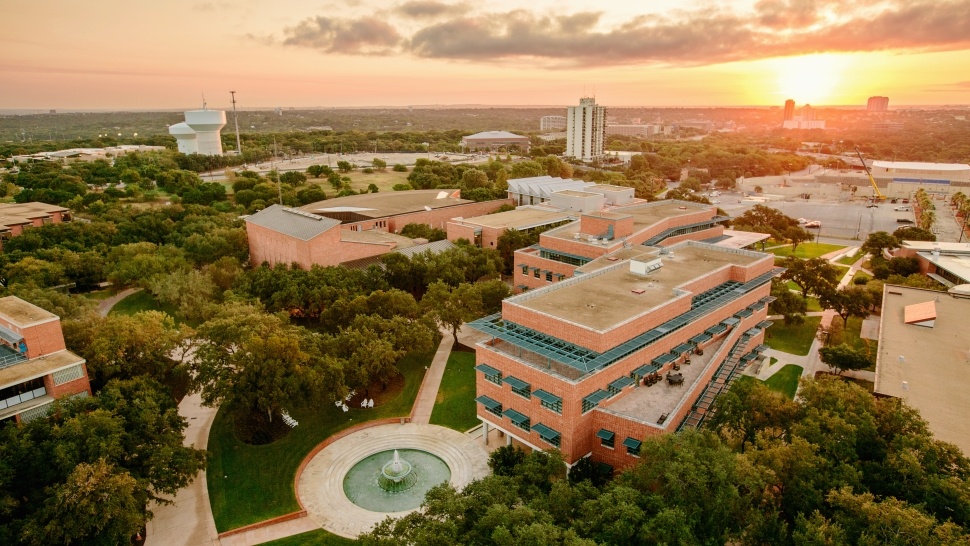


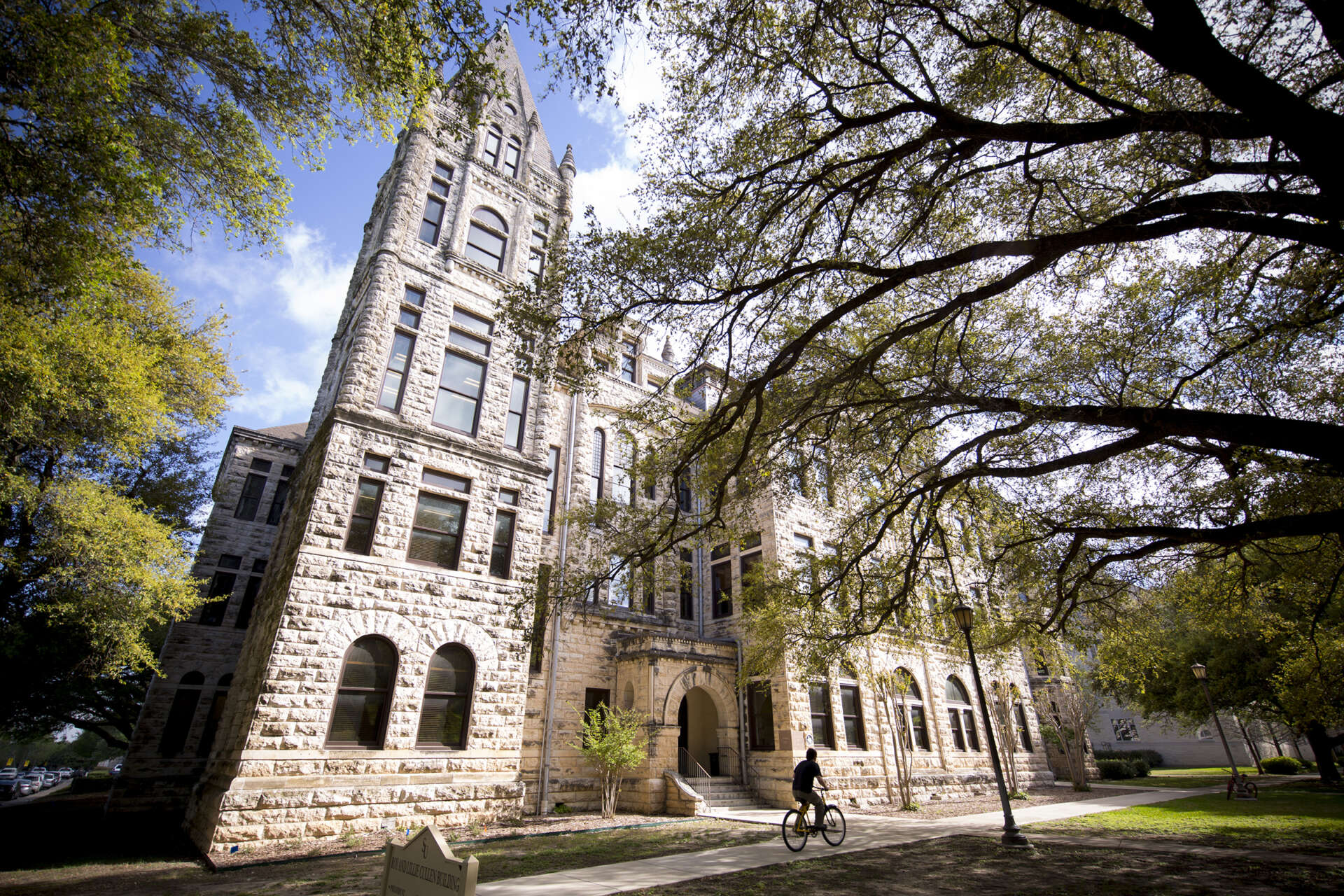
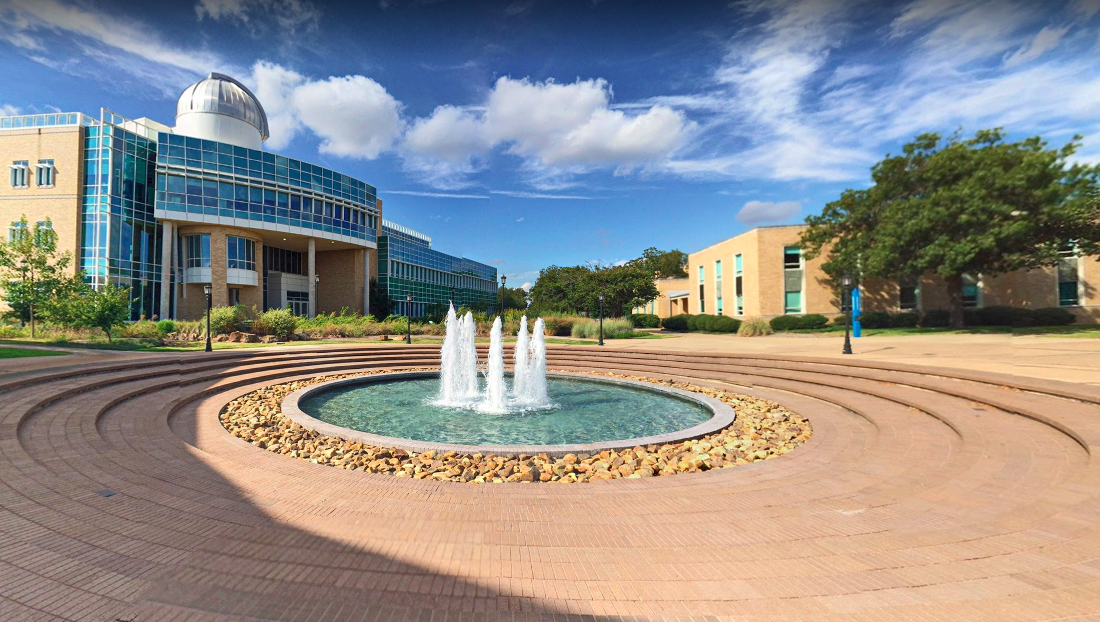
 The
The 